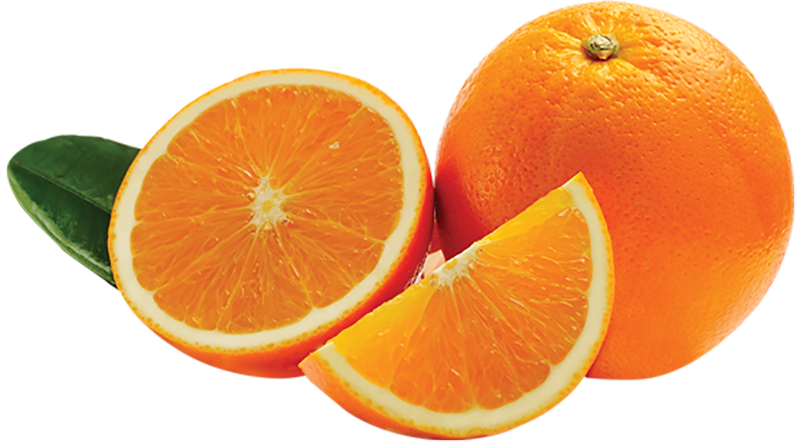– Citrus comprises the following broad categories: oranges, soft citrus, grapefruit, and lemons and limes. These can be consumed as fresh fruit or processed for juice making, juice concentrates and dried fruit production. Citrus fruit can also be processed as essential oils obtained from fruit peels. These are used by the flavour houses to add flavour to drinks and food, by pharmaceutical companies, in aromatherapy and by the cosmetics industry.
South Africa: imports and exports.
Citrus makes up 54% of South Africa’s fruit exports (FPEF, 2024).
In 2023, oranges were exported to Europe (36%), Far East & Asia (20%), Middle East (20%), North America (9%), Russia (8%), and the UK (5%) (FPEF, 2024).
Grapefruit was exported to Europe (44%), Far East & Asia (29%), Russia (12%), North America (8%), UK (4%) and the Middle East (3%) (FPEF, 2024).
Lemons went to Europe (39%), Middle East (28%), Russia (9%), Far East & Asia (8%), UK (8%) and North America (6%) (FPEF, 2024).
Soft citrus went to Europe (29%), UK (17%), Far East & Asia (14%), Middle East (14%), North America (13%), Russia (9%) (FPEF, 2024).

Navel oranges are a consumer favorite and the growing popularity and acceptance of South African Summer Citrus means that the fresh, sweet, juicy goodness of navels is available through the hot summer months. This makes them an ideal thirst quencher as well as being strong on nutritional value. South African navels are easy to peel, seedless and bursting with juicy goodness. Their superior quality is due to the ideal Mediterranean climate of the growing regions. The navel season lasts from June through the end of October.
PRODUCES SEASONS

Limpopo (40%), Eastern Cape (25%), Western Cape (19%) and Mpumalanga (7%) have the largest production areas for citrus in South Africa (CGA, 2024).